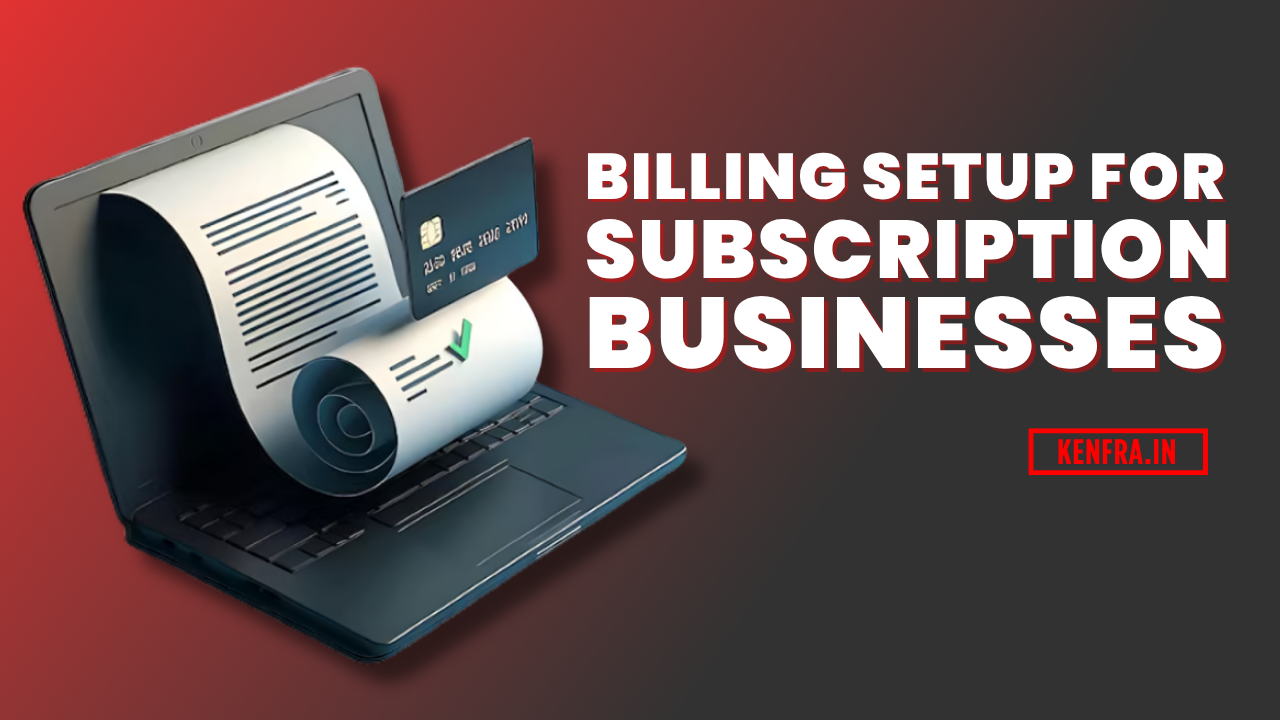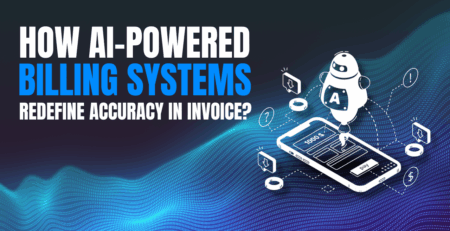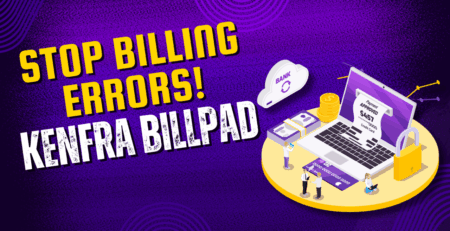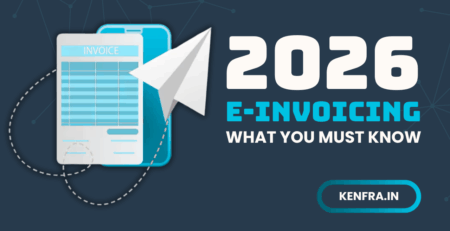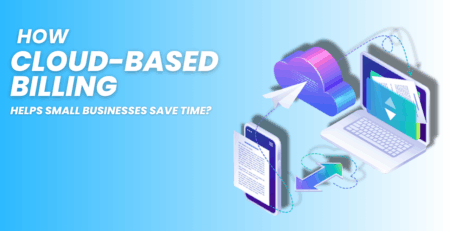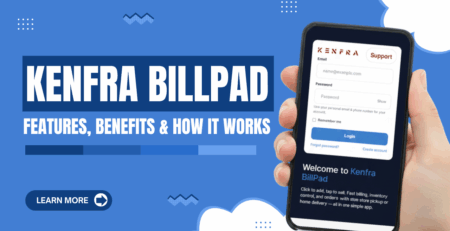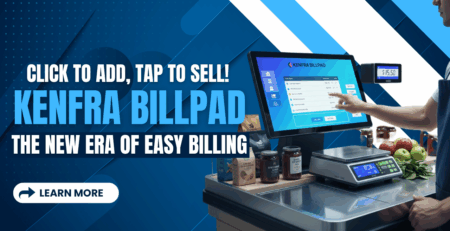How to Set Up Billing Systems for Subscription-Based Businesses?
Kenfra Research - Bavithra2025-11-20T09:25:34+05:30Running a subscription business is exciting but it also means managing monthly or yearly payments without fail. This is why billing systems for subscription-based businesses are one of the most important tools you need. A good billing system helps you track customer plans, collect recurring payments, send invoices on time, and reduce manual work. When you set it up the right way, your subscription business runs smoothly, and your customers stay happy. In this guide, you’ll learn how to set up a complete subscription billing system, what features to look for, and how to choose the right software.
Why Billing Systems Matter for Subscription-Based Businesses?
Subscription models depend on repeat revenue customers pay you continuously. Without a solid system, things can quickly become messy. A proper subscription billing software helps you:
- Automate recurring payments
- Reduce billing errors
- Improve customer experience
- Increase retention
- Save time on manual invoicing
- Manage multiple subscription plans
- Track payments and outstanding balances
If your billing system is weak, your business will struggle to grow.
10 Essential Steps to Set Up an Effective Subscription Billing System
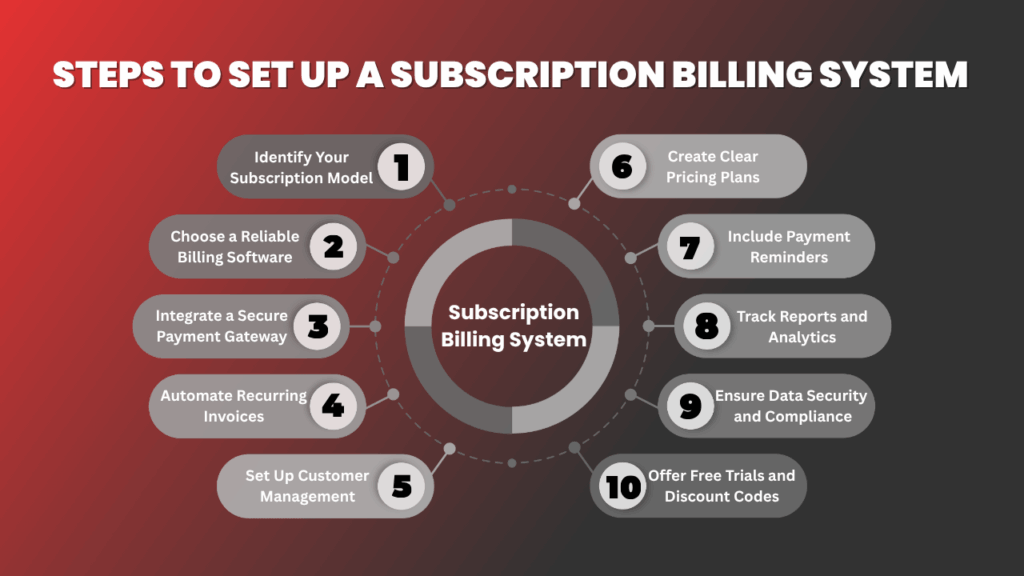
Step 1: Identify Your Subscription Model
Before setting up billing systems for subscription-based businesses, identify the type of subscription you offer. Different models require different billing logic. Common subscription models include monthly or yearly recurring plans, tier-based pricing (Basic, Standard, Premium), usage-based billing (pay per use), the freemium model (free basic plan with paid upgrades), and hybrid models (flat fee plus usage). Clearly defining your model helps you select the right invoicing system and automation rules.
Step 2: Choose a Reliable Subscription Billing Software
Your billing software is the heart of your business. Look for features that support growth, automation, and flexibility. Important features to consider include automated recurring billing, multi-plan support, invoice generation, payment gateway integration, a customer management dashboard, tax and GST support, trial period setup, and reporting & analytics. Using the right recurring billing system saves hours of manual work and helps prevent payment delays.
Step 3: Integrate a Secure Payment Gateway
A payment gateway allows your customers to pay automatically every month. Choosing a secure and popular gateway increases trust and smooth payments. When you integrate these with your automated billing system, your customers can pay without remembering deadlines.
When choosing a payment gateway, it is important to consider factors such as transaction fees, security certifications, support for multiple payment modes, and ease of integration, as a good payment gateway can enhance both cash flow and customer satisfaction.
Step 4: Automate Recurring Invoices
Automation is the backbone of subscription businesses. Once a customer subscribes, everything should run on autopilot.
Invoice automation includes features such as auto-generated invoices, automatically sent payment reminders, auto-added taxes, automatically applied discounts or coupons, and auto-updated billing cycles.
Step 5: Set Up Customer Management
Your billing system should store customer details, plans, and payment history. Useful customer management features include tracking subscription start and end dates, renewal dates, payment status, changes of plans, free trial periods, and invoice history.
A good SaaS billing system leverages these features to understand customer behavior and enhance retention through better service.
Step 6: Create Clear Pricing Plans
Customers should easily understand what they are paying for. Your pricing plans should be simple, transparent, easy to compare, and flexible for upgrades or downgrades, as clear pricing helps reduce disputes and boost conversions.
Step 7: Include Payment Reminders and Notifications
Even with automation, reminders help reduce failed payments. Send notifications for upcoming renewals, payment successes or failures, card expiries, and plan upgrades or downgrades, as reminder emails enhance customer experience and help maintain consistent cash flow.
Step 8: Track Reports and Analytics
Reports help you measure growth and spot problems early. Important billing metrics include Monthly Recurring Revenue (MRR), Customer Lifetime Value (CLV), churn rate, failed payments, active versus cancelled subscriptions, and revenue per plan. Your subscription billing system should provide clear dashboards and reports to track these metrics effectively.
Step 9: Ensure Data Security and Compliance
Billing systems handle sensitive information—customer data, payments, invoices. Make sure your system complies with data privacy laws, uses secure encryption, supports two-factor authentication, and performs regular backups, as secure systems protect your business reputation.
Step 10: Offer Free Trials and Discount Codes
Customers love testing before buying. A billing system should support free trial periods, send automatic trial-end reminders, offer discount codes or promo offers, and enable seamless upgrades after the trial, boosting conversions and making your subscription service more attractive. Kenfra Billpad also offers a free trial.

FAQs – Billing Systems for Subscription-Based Businesses
1. What is a subscription billing system?
A subscription billing system automates recurring payments, invoices, and plan management for businesses that charge customers regularly.
2. Why is automated billing important?
Automation reduces manual work, avoids payment delays, lowers errors, and improves customer satisfaction.
3. Can small businesses use subscription billing software?
Yes, even small businesses benefit from automated recurring billing because it saves time and ensures steady cash flow.
4. What payment methods can be used?
UPI, debit/credit cards, net banking, and wallet payments depending on the payment gateway you use.
5. How do I choose the right billing software?
Look for automation features, simple interface, customer management, payment gateway support, GST, reports, and affordability.
Conclusion
Setting up billing systems for subscription-based businesses is not complicated when you follow the right steps. From choosing the right software to automating invoices, integrating payment gateways, and ensuring security—every part helps your subscription business run smoothly and grow faster.
If you’re looking for an easy, powerful, and user-friendly billing software, try Kenfra Billpad.
At Kenfra, we offer a complete billing solution in Marthandam with a free trial to get you started easily.

